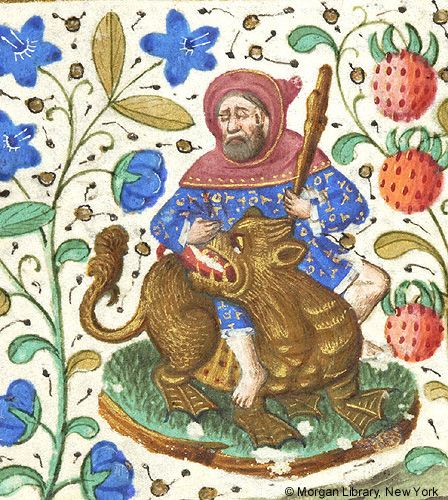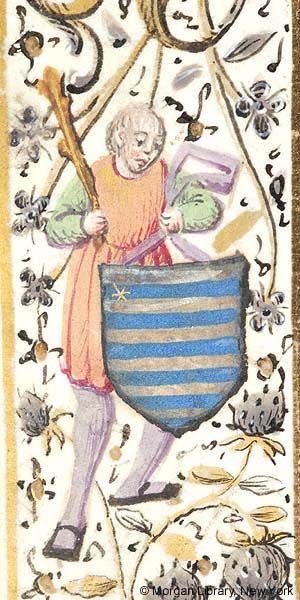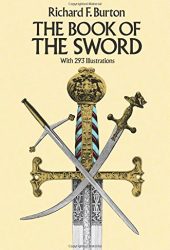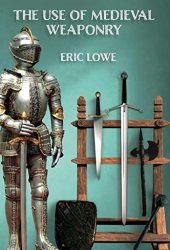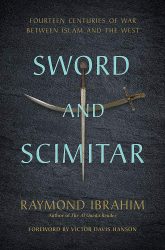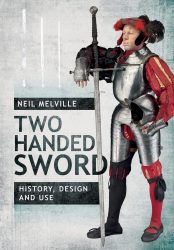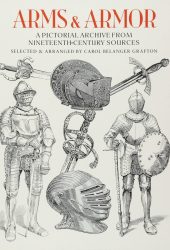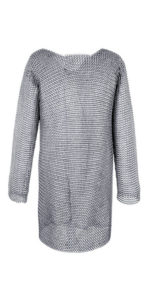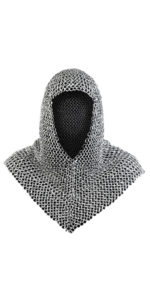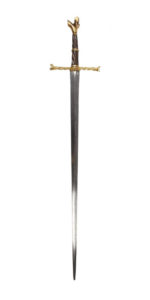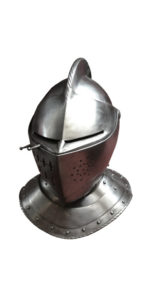The Club, also known as bludgeon, cosh, or cudgel, is a blunt-force trauma weapon consisting of a short staff or stick usually made of wood. The club dates back to prehistoric times.
Most clubs are small in size and can be swung with one hand – although some can wielded with two. Although clubs are generally seen as simple weapons, there are several known varieties and historical examples of their use throughout human history.
During the Middle Ages, war clubs features metal spikes along the head which allowed the weapons to pierce through clothing and light armour. Clubs were popular before swords and predate full suit armour.
History of the Club
There are several prehistorical cases of clubs. For example, there’s evidence of blunt-force trauma by a club that dates back to 10,000 years in Turkana, Kenya, where the found scene is believed to describe a prehistoric conflict between bands of hunter-gatherers. Clubs probably became slimmer and more precise around the Early Palaeolithic period, when obsidian and flint began to be attached to the ends.
The roman legions used an Aklys, a club with an integrated leather thong that was used to return it to the hand after snapping it at an opponent.
During medieval times, it’s believed that maces were slowly converted from peasant’s tools called to war. Several coats of arms still feature representations of clubs – as the weapons required speed, good precision and precise application.
Types of Clubs
The Spiked Club
This type of club had several metal spikes along the head of the club.
The Cudgel
The cudgel was a stout stick carried by peasants during medieval times. It functioned as both a walking staff and a weapon used for self-defence and in war.
The Morning Star
The morning star was a club-like weapon with an attached ball adorned with spikes. It dates back to the 14th century and its use was particularly widespread in Germany (where it was called Morgenstern). The weapon resembles a mace but has several spikes around the particle of the head. It was most frequently used by infantry and cavalry – the horseman’s version having a shorter shaft.
The Mace
The mace used a heavy head on the end of a handle to deliver powerful blows. The heavy radially symmetric head was usually made of stone, copper, bronze, iron, or steel on the end of a wooden or metallic handle.
The Shillelagh
The shillelagh was a wooden club or cudgel associated with Irish folklore. It was typically made from a stout knotty stick with a large knob on the end.
Medieval Depictions of Clubs
